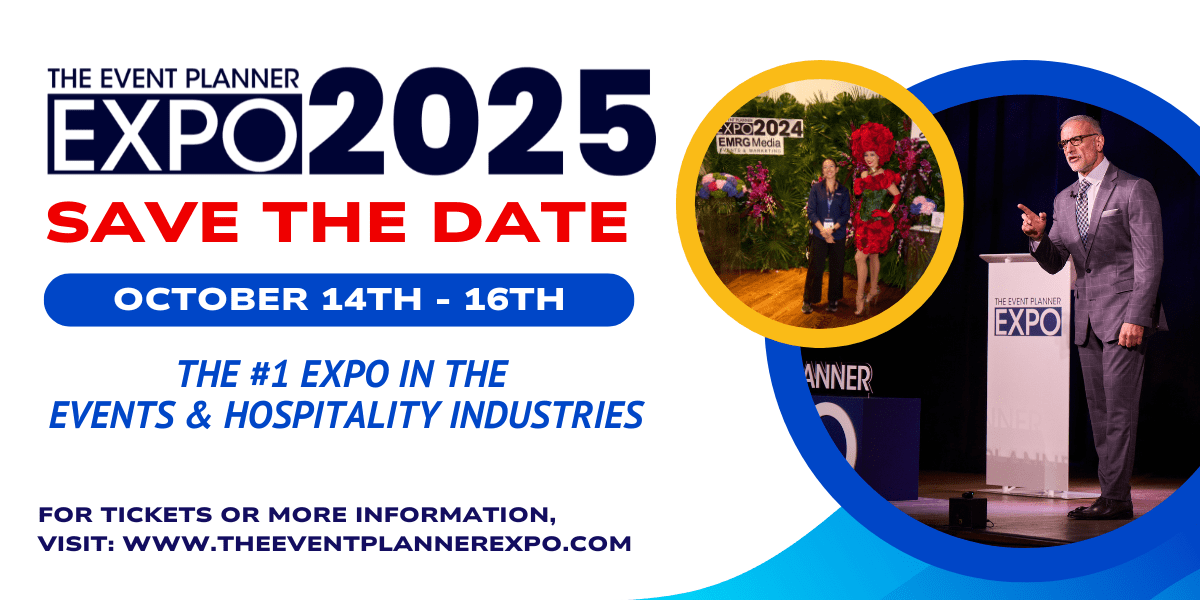Smarter Timelines for Complex Multi-Day Events

Planning a one-day event is challenging enough, but adding a second day (then a third) and suddenly you’re not just planning an event, you’re managing energy, momentum, logistics, and the sleep schedules of 200 people. Multi-day events are high-stakes and high-reward, but only if your timeline is built to support the overall experience, not just cram everything in.
Here’s how to create smarter timelines that keep guests engaged, not exhausted.
Start with Peaks, Not the Agenda
Before you begin your first panel or cocktail hour, ask yourself: Where do I want the spikes of energy to be? What content do I want people to be talking about post-event? Is it the keynote, a live demo, or a performance? Build around those spikes, then reverse engineer to support them. Most schedules crumble because they try to give equal weight to everything. Don’t.
Respect the Human Clock
Spoiler alert: No one wants to be inspired at 7:30 AM. Or to attend a panel discussion about legal compliance, following three glasses of wine. Put high-impact content in the late morning and save networking and lighter content for the late afternoon. And don’t underestimate decision fatigue. If your guests need a spreadsheet to figure out where to go, your timeline is trying to do too much.
Create Daily Arcs
Each day needs to have its own arc—a beginning, middle, and end. Start out with clarity—what are we planning to get accomplished today? Then create a flow. Here’s an example structure for a three-day program: On Day 1, open big with all your company content and conclude with a welcome party. On Day 2, work on breakout sessions or special tracks. Day 3 should tie it all together, plus leave time for reflection (or recovery).
Built In Time for Transitioning (a.k.a., the lost time zone)
People don’t teleport. If you have programming in three separate spaces with five-minute gaps, you’re inviting chaos. You need to allow buffer time in between sessions, especially across locations. Provide enough time for people to get coffee, answer emails, or (let’s be honest) complain about the Wi-Fi. Transition time keeps your event on time, even though your attendees aren’t.
Guard the Breaks
“Working lunch” is a euphemism for “nobody absorbs anything.” Real breaks count. Give people a real reason to stop, recharge, and reset. This might mean lunch, a lounge, or some wellness time (stretch break, meditation, chair massages, or whatever floats your boat). The tighter the schedule, the more important it is to carve out some time that isn’t content.
Plan for Sprinters and Wanderers
Some attendees want every minute of value. Others are there merely for the vibe and espresso bar. A careful timeline will provide for both. Think layered programming, optional morning yoga, multiple breakouts at the same time, and flexible “choose your own adventure” segments in the afternoon. Let folks customize their own experience, or they’ll start skipping large segments.
End Like You Mean It
Endings get ignored far too often. Whether it is a final keynote, a group photo, a final performance, or just a hearty send-off toast. Make your last moment a moment. And, for heaven’s sake, don’t hold it at 4:30 PM on a Friday and act amazed when no one shows.
The Timeline Is Part of the Experience
When your timeline is thought out, your event feels better. The pacing works. People show up at the right things at the right time and in the right mood. This is not luck; this is design.
Want more strategy from the planners who don’t make attendees run from Ballroom A to Lobby C in heels?
See how the professionals make timelines that pack a wallop, run smoothly, and don’t waste a moment. Join us next October for The Event Planner Expo 2026.
